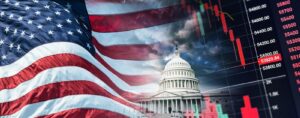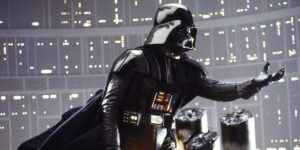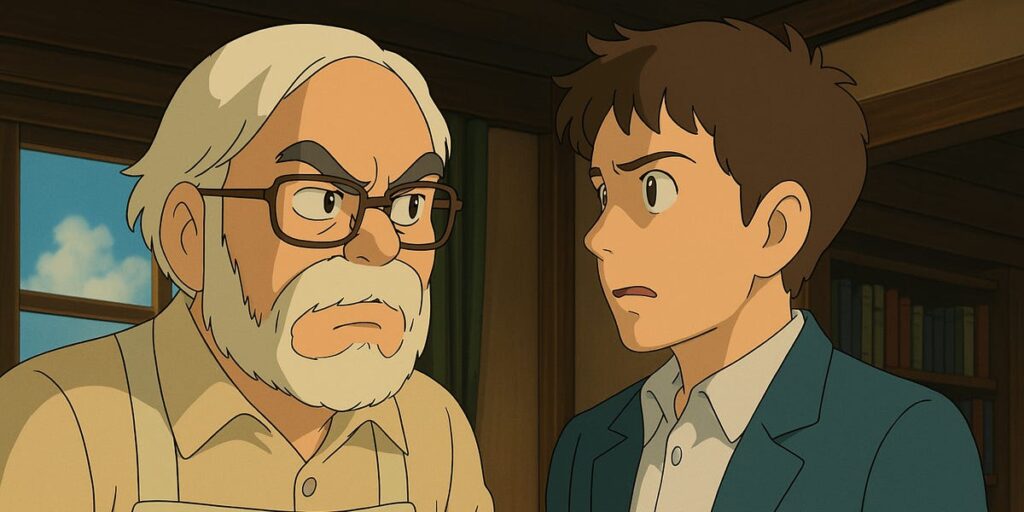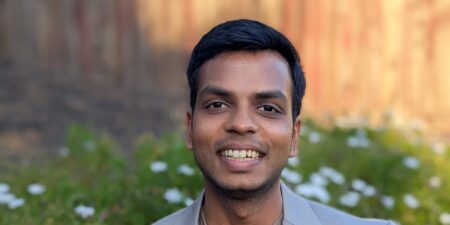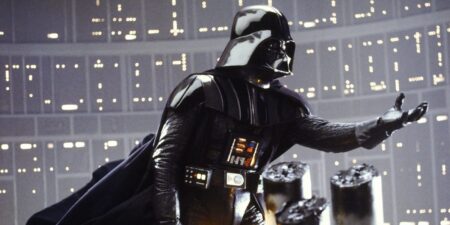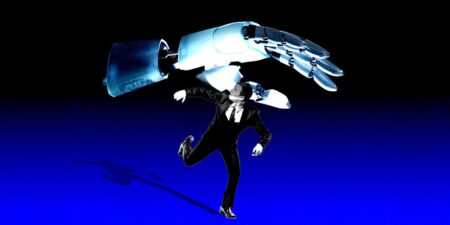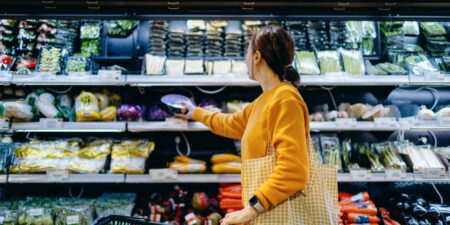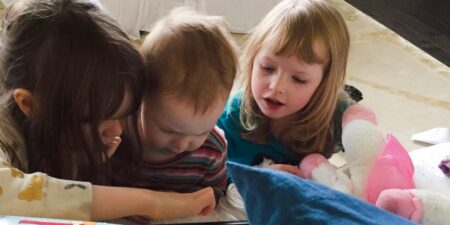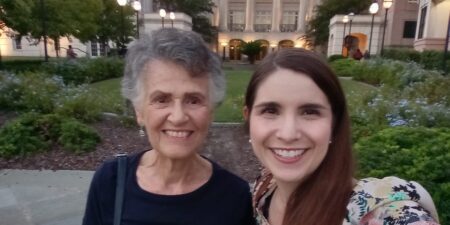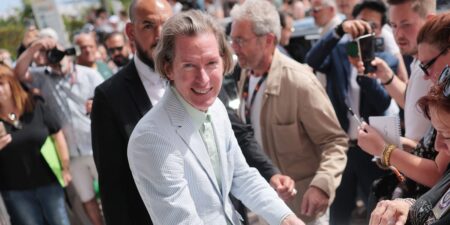When AI-generated Ghibli-style images started popping up on social media this week, I contacted OpenAI.
The startup had just launched a new image-generation tool called 4o, a powerful upgrade from its DALL-E 3 service. Users started asking ChatGPT for images in the style of the famed Japanese animation house Studio Ghibli. And the new 4o obliged.
I tried it myself, using the free version of ChatGPT, and got a much different response: “I wasn’t able to generate the image in the style of Studio Ghibli due to content policy restrictions,” OpenAI’s chatbot told me.
Why was OpenAI letting 4o users do this, while refusing my similar requests on the basis on “content policy”? I asked an OpenAI spokesperson. She responded on Wednesday with this explanation, which cited an update to OpenAI’s system card, the document that lays out the details of new models and tools like 4o.
“We added a refusal which triggers when a user attempts to generate an image in the style of a living artist,” the company said in this document. The OpenAI spokesperson added that the company continued to prevent “generations in the style of individual living artists” but did permit “broader studio styles.”
Hayao Miyazaki, the artist who cofounded Studio Ghibli, is still alive. So using 4o to generative images in his style would seem to be not allowed. However, this is a big studio, so maybe these images fall under the “broader studio” policy that the OpenAI spokesperson described.
Either way, it’s clear that OpenAI has made a major change in its approach to copyright and image generation lately.
On Thursday, my colleague Pranav Dixit and I tested this out to show how OpenAI’s technology treats similar requests differently, depending on which image-generation tool you use.
Pranav used the paid ChatGPT service, which comes with the new 4o tool. He asked for images in the style of Studio Ghibli. The chatbot created several, including the one at the top of this story. It shows an older artist being angry at a younger tech executive who looks a bit like OpenAI CEO Sam Altman. Weird coincidence!
Pranav then went down the technology rabbit hole, which he enjoys doing. (Good trait for a tech reporter). He got 4o to churn about several more images in the Ghibli style, like this one.
I tried similar Ghibli-style requests on Thursday using the free ChatGPT service, which comes with OpenAI’s older DALL-E 3 image-generation tool.
The tool refused my requests, citing copyright rules. Here’s what ChatGPT told me:
“I can’t generate images in the style of Studio Ghibli because it is a copyrighted animation studio, and its artistic style is protected.”
You can’t be clearer than that. OpenAI won’t do this because it would infringe Studio Ghibli’s copyright.
And yet, another OpenAI tool is quite happy to generate these types of images. So what gives?
I asked OpenAI’s spokesperson if this is a double standard. Or has the company changed its approach to copyright recently? Or maybe it has struck a content deal with Studio Ghibli?
OpenAI didn’t respond to these questions on Thursday afternoon. Studio Ghibli, which is based in Tokyo, Japan, also didn’t respond to a request for comment from Business Insider late on Wednesday, US time.
If we get any more answers on this confusing situation, we’ll write another story on this.
Either way, this is probably a great way to get users to upgrade to the paid version of OpenAI’s ChatGPT service. I’m still grumpy that Pranav can generate better images than me. Here’s the one I managed to get out of the free version.
Read the full article here



